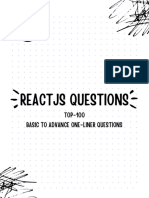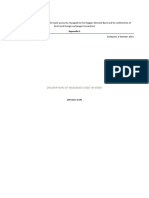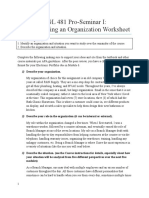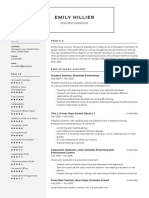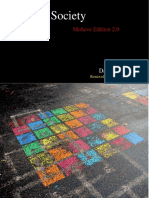0% found this document useful (0 votes)
41 views4 pagesInterview Technical React Latest Useref
This document outlines the top 20 React interview questions, covering fundamental concepts, modern hooks, and advanced topics relevant to performance and architecture. It includes explanations of key concepts such as the Virtual DOM, JSX, props, state, React Hooks, and optimization techniques. The list is updated to reflect the most common questions asked in 2025.
Uploaded by
ashish SinghCopyright
© © All Rights Reserved
We take content rights seriously. If you suspect this is your content, claim it here.
Available Formats
Download as DOCX, PDF, TXT or read online on Scribd
0% found this document useful (0 votes)
41 views4 pagesInterview Technical React Latest Useref
This document outlines the top 20 React interview questions, covering fundamental concepts, modern hooks, and advanced topics relevant to performance and architecture. It includes explanations of key concepts such as the Virtual DOM, JSX, props, state, React Hooks, and optimization techniques. The list is updated to reflect the most common questions asked in 2025.
Uploaded by
ashish SinghCopyright
© © All Rights Reserved
We take content rights seriously. If you suspect this is your content, claim it here.
Available Formats
Download as DOCX, PDF, TXT or read online on Scribd
/ 4




























